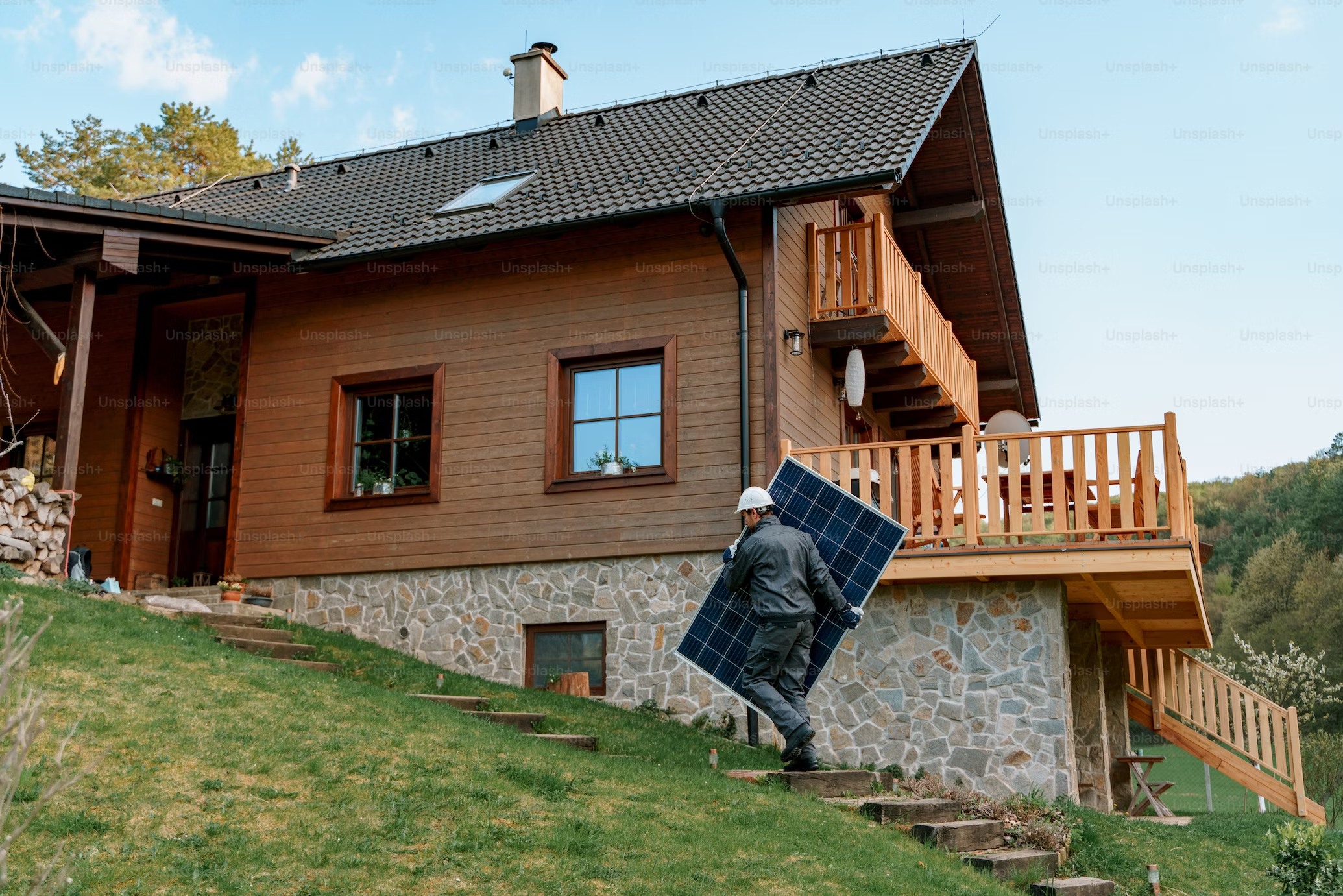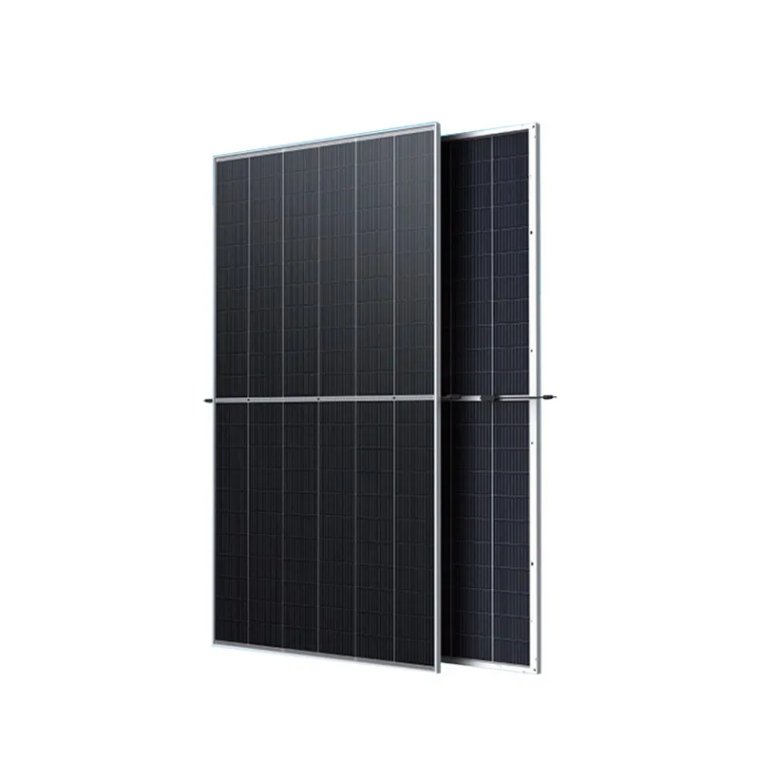In today's world, where the need for clean and sustainable energy is more pressing than ever, solar power has emerged as a leading solution. Solar panels, such as those manufactured by Baoxinda, are at the forefront of this renewable energy revolution. But have you ever wondered how a solar panel actually works? In this article, we will take you through the step-by-step process of how solar panels convert sunlight into usable electricity.
Absorption of Sunlight
At the heart of a solar panel are numerous solar cells, typically made from silicon. These cells are specifically designed to absorb photons, which are particles of light energy, from the sun. When sunlight hits the solar cells, the photons transfer their energy to the electrons within the cells, causing them to become excited.

Creation of Electric Field
Once the solar cells absorb the sunlight, an electric field is created within them. This is achieved through the use of different materials in the cell structure, with each layer having a specific charge. The electric field acts as a barrier, preventing the excited electrons from simply flowing back out of the cell.
Electron Flow
The excited electrons now face a potential barrier created by the electric field within the solar cell. However, the presence of specially designed conductive plates on the top and bottom of the cell allows the electrons to flow in a specific direction. This creates a flow of electrons, known as an electric current.
Conversion to Usable Electricity
As the electrons flow through the conductive plates, they enter a circuit connected to the solar panel. This circuit allows the flow of electrons to be harnessed and put to use. The direct current (DC) electricity generated by the solar panel is converted into alternating current (AC) electricity through an inverter. AC electricity is the type of electricity used in homes and businesses.
Powering Electrical Devices
The converted AC electricity is now ready to power electrical devices in your home or business. It can be used to operate lights, appliances, computers, and any other electrical device you rely on. If the solar panel generates more electricity than you need, it can be stored in batteries for use during periods of low sunlight or even fed back into the grid, allowing you to earn credits or compensation for the excess energy you produce.

Advantages of Solar Panels
Solar panels offer numerous advantages that make them a popular choice for clean energy generation:
Renewable and Clean Energy: Solar power is a renewable energy source, meaning it will never run out as long as the sun continues to shine. Unlike fossil fuels, solar energy does not produce harmful greenhouse gas emissions, making it a clean and sustainable option.
Reduced Electricity Bills: By generating your own electricity with solar panels, you can significantly reduce your reliance on the grid and lower your electricity bills. In some cases, you may even generate more electricity than you use, allowing you to earn credits or compensation.
Low Maintenance: Solar panels require minimal maintenance. They have no moving parts, which means there are fewer chances of wear and tear. Periodic cleaning to remove dust and dirt is usually sufficient to keep them operating efficiently.
Long Lifespan: Solar panels are built to last. They typically come with warranties ranging from 20 to 25 years, and many panels continue to produce electricity well beyond their warranty period.
Energy Independence: By installing solar panels, you become less reliant on the grid and more self-sufficient in meeting your energy needs. This can provide peace of mind, especially during power outages or in remote areas with limited access to electricity.

Conclusion
Solar panels, such as those manufactured by Baoxinda, offer a sustainable and efficient way to harness the sun's energy and convert it into usable electricity. By understanding the step-by-step process of how solar panels work, you can appreciate the immense benefits they offer in terms of clean energy generation, cost savings, and energy independence. Embrace solar power and contribute to a greener future for generations to come.